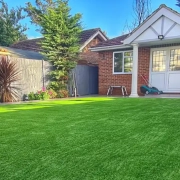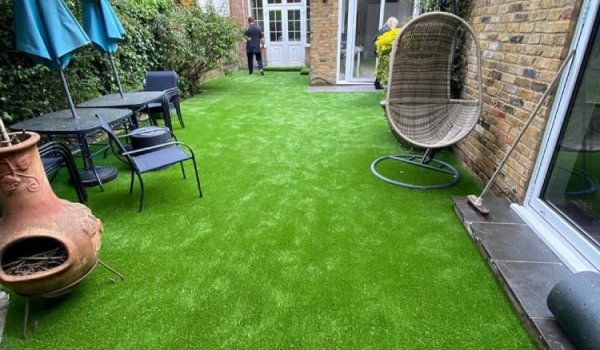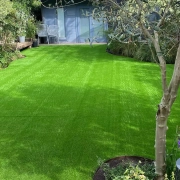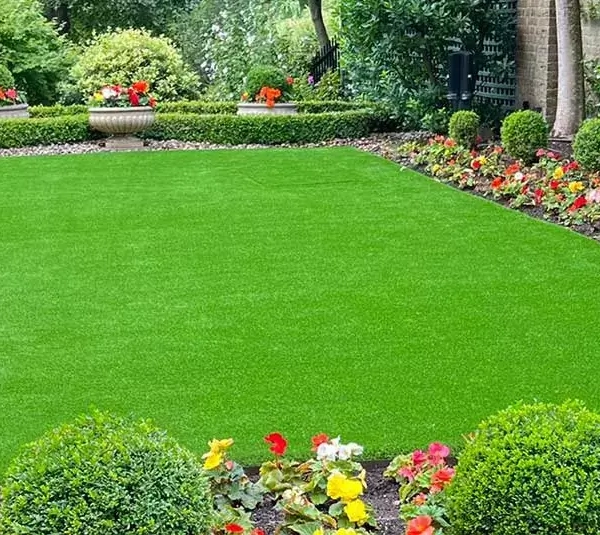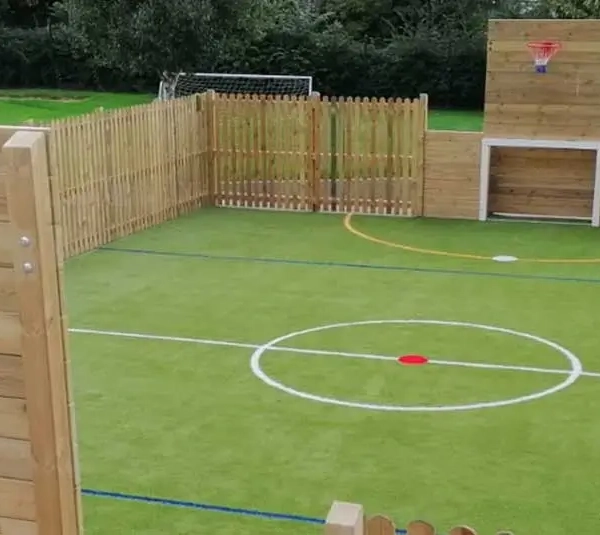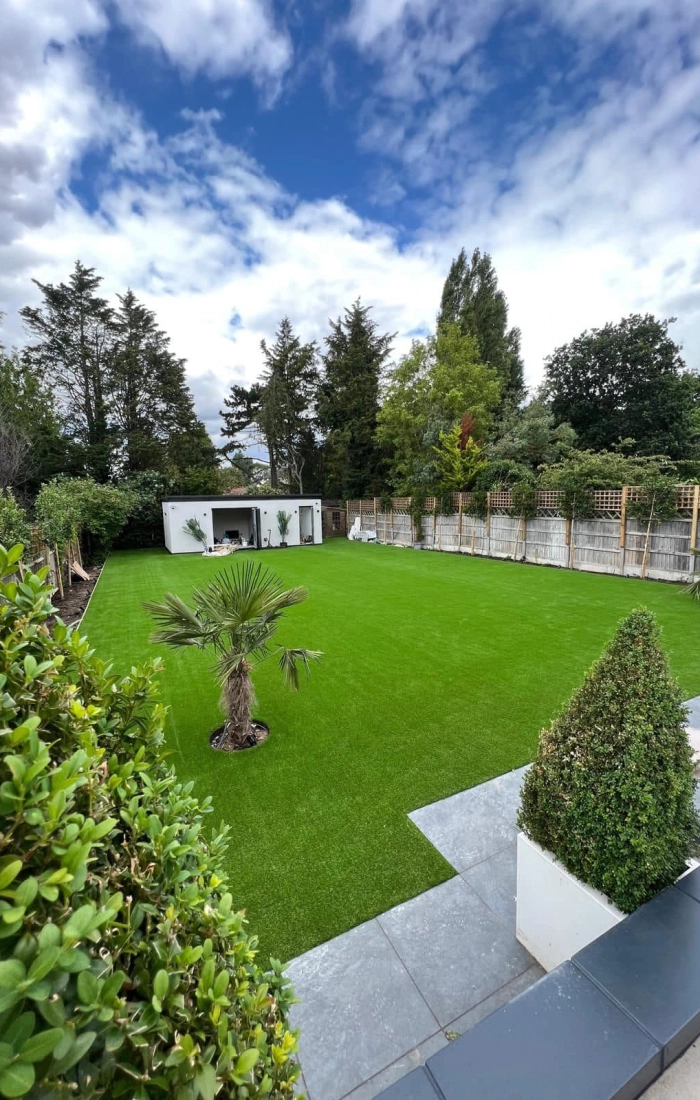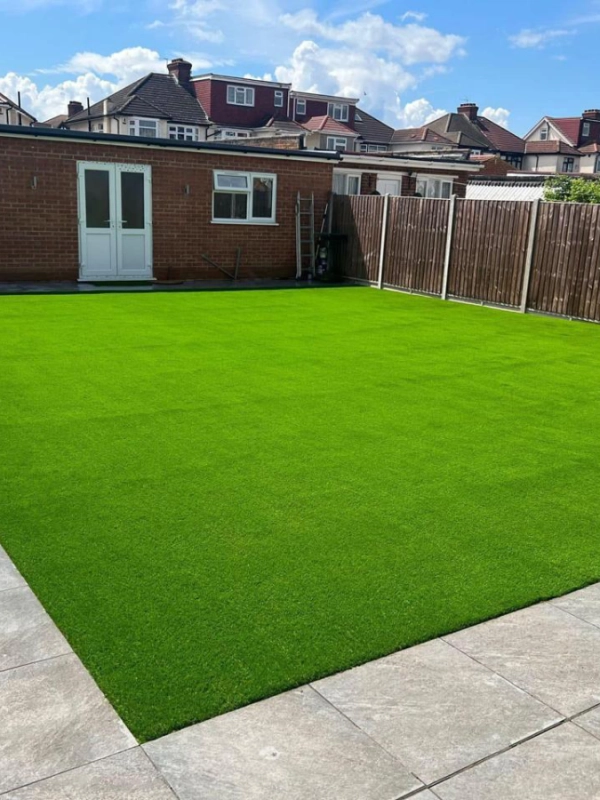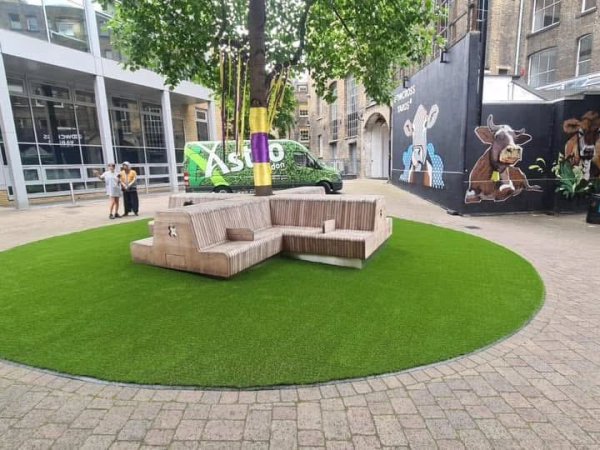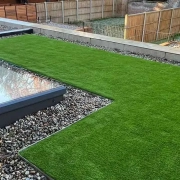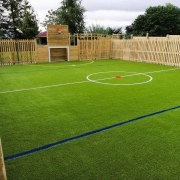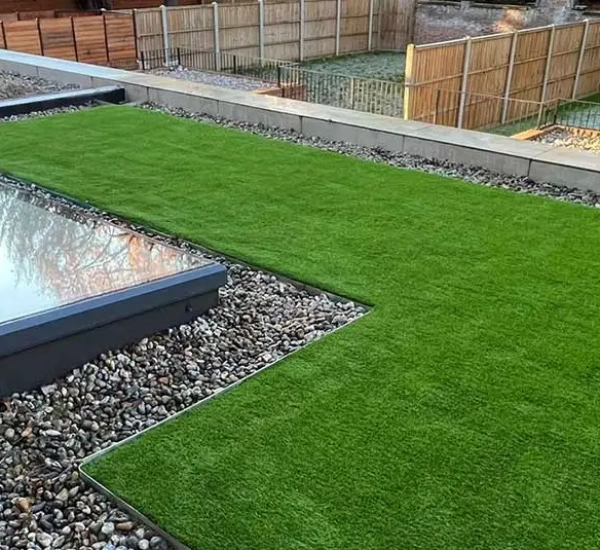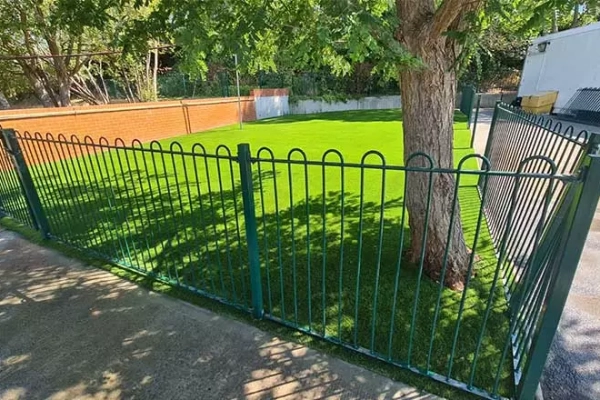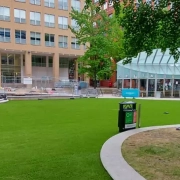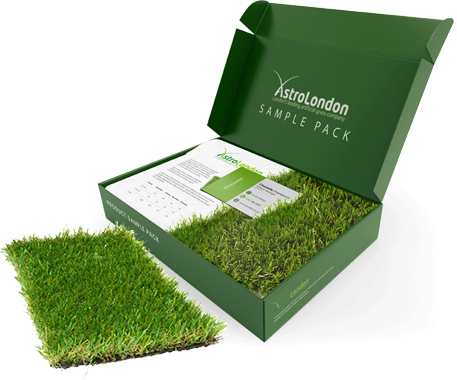Artificial Grass For Dogs
🐾 Dog-Friendly Artificial Grass: Why Pet Owners in London Are Making the Switch
If you’re a proud dog owner, you know how quickly a beautiful lawn can turn into a muddy mess. From paw prints to patchy grass and muddy puddles – maintaining a natural lawn with pets can feel like a losing battle. That’s why more and more pet owners across London are turning to dog-friendly artificial grass as a durable, low-maintenance, and hygienic alternative.
At AstroLondon, we specialise in pet-friendly artificial grass installations designed to look and feel just like real turf – while standing up to even the most playful pets. Shop Our Range to find our Pet Friendly Artificial Grass.
🐶 Why Artificial Grass Is Perfect for Dogs
1. No More Mud or Mess
Say goodbye to muddy paw prints through your home. Our advanced drainage systems ensure rainwater passes straight through, keeping your lawn dry and usable all year round – even after heavy London rain.
2. Durable Against Digging
Dog claws can easily damage real turf, but high-quality synthetic grass from AstroLondon is built with reinforced fibres that resist wear and tear. It’s perfect for energetic pets who love to run, roll, and play.
3. Odour & Hygiene Control
Our pet-friendly turf is non-toxic and antimicrobial, meaning it prevents bacteria build-up and unpleasant smells. For extra freshness, pair your installation with a pet deodoriser infill that neutralises odours naturally.
4. Easy to Clean
Cleaning artificial grass is simple – just rinse with water and mild detergent when needed. With excellent drainage, urine won’t pool or stain your lawn.
5. Safe and Comfortable
No harmful chemicals. No allergens. Just a soft, natural-feeling surface that’s gentle on paws and perfect for playing or relaxing outdoors.
🌿 Why Choose AstroLondon?
At AstroLondon, we’ve spent years perfecting our pet-friendly artificial grass solutions for homes and gardens across London:
- Expert installation with precision groundwork and drainage.
- A range of premium turf styles to suit your space.
- Ongoing maintenance and advice for pet owners.
- 10-year guarantee on materials and workmanship.
Our installations don’t just look amazing — they’re built to last, even with multiple pets using the space daily. Contact Us for a free Site Survey.


